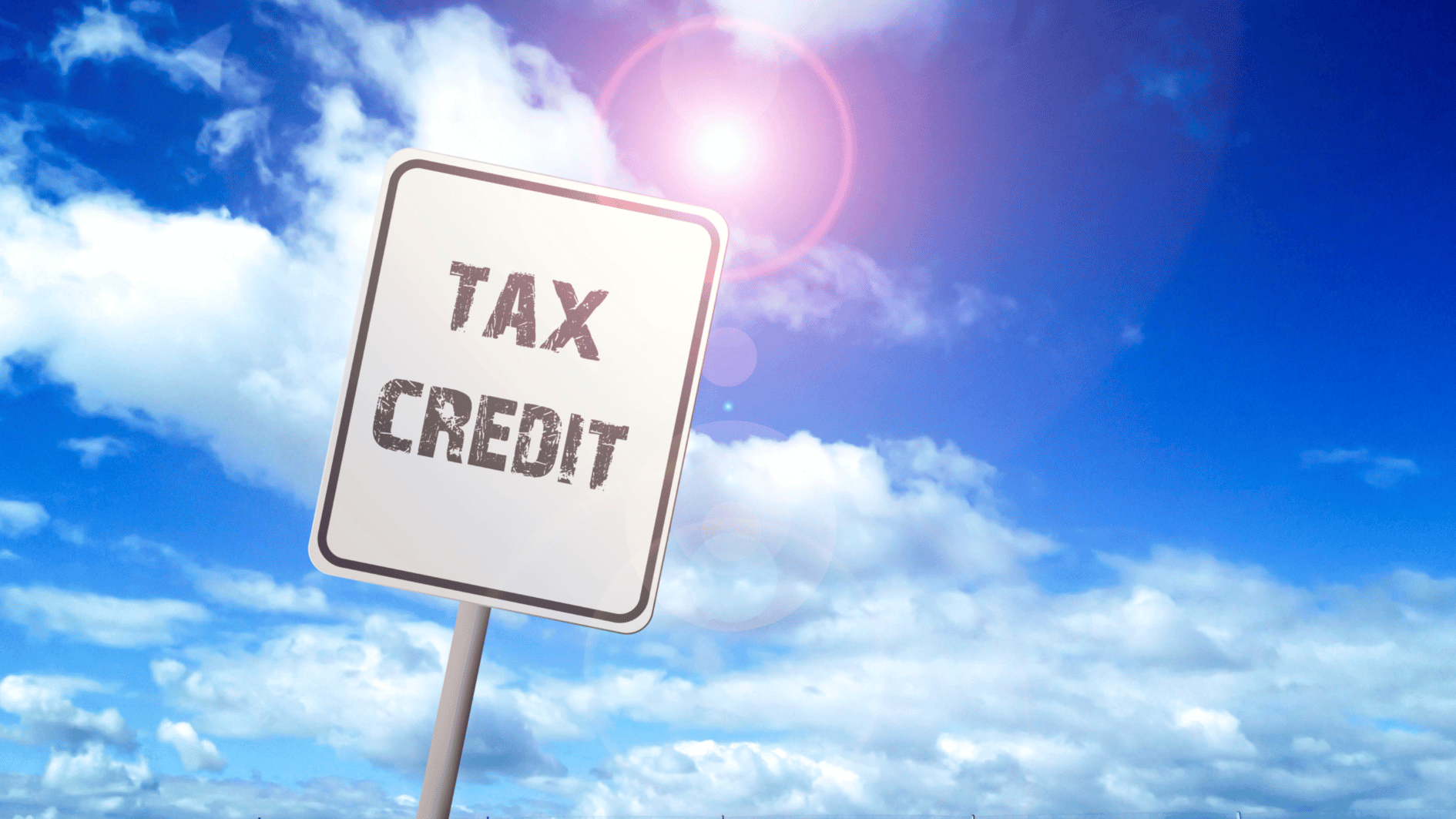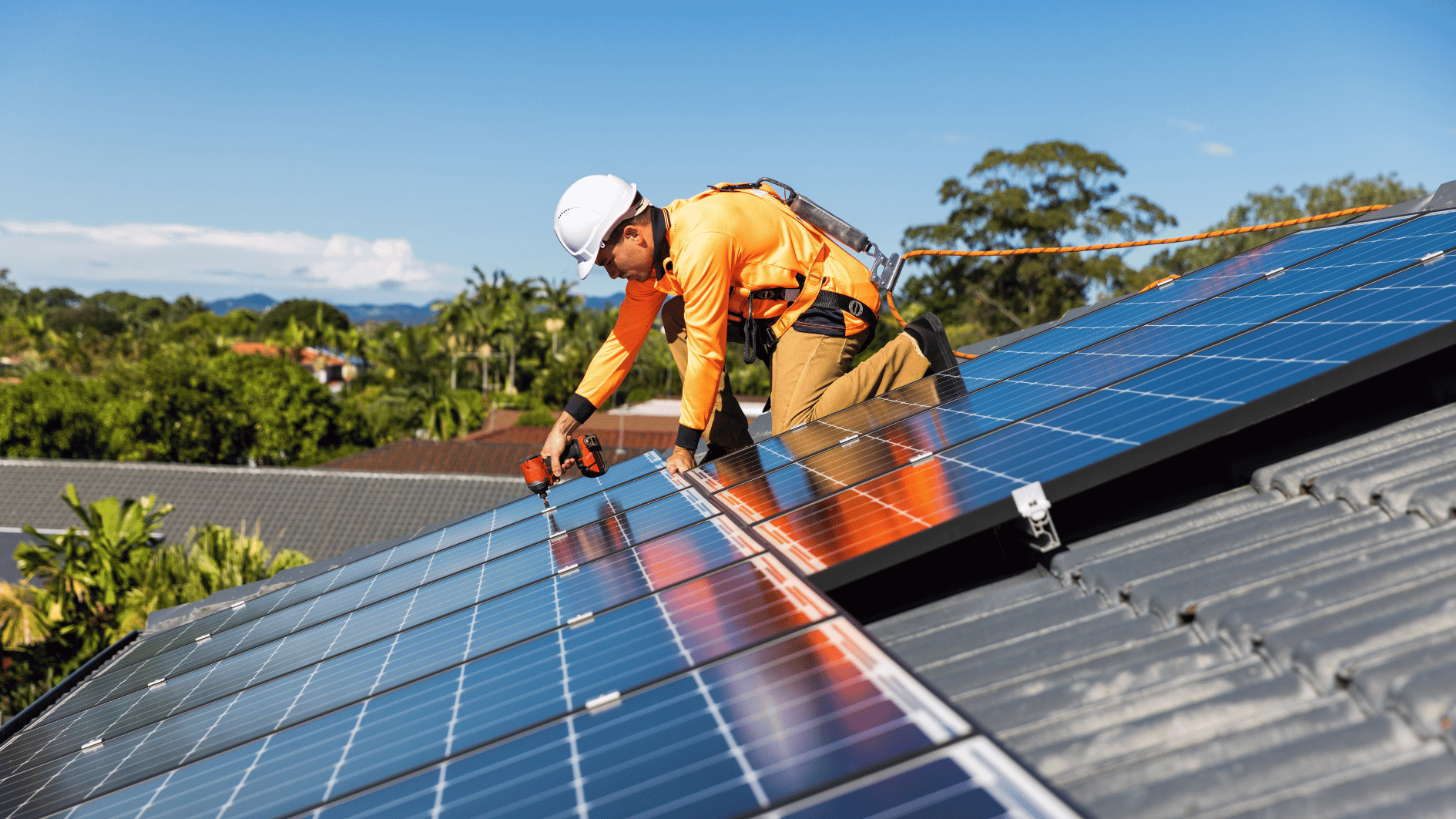While the White House has prioritized fossil fuel expansion and regulatory rollbacks, analysts expect the renewables market to grow steadily, driven by high electricity demand, investor confidence, and IRA tax credits that remain largely intact.
Energy Demand Fuels Renewables Growth
Industry experts predict electricity consumption in the U.S. will surge by 50% by 2035, fueled by the rise of data centers, electric vehicles, and industrial electrification. Renewable energy remains the fastest and most cost-effective solution to meet this growing demand.
Renewables dominate new energy projects
Approximately 95% of planned electricity generation projects in the U.S. are solar, wind, or battery storage, signaling long-term confidence in clean energy.
Texas grid reaches record renewable generation
On March 2, 2025, wind, solar, storage, and nuclear met 75% of Texas’ electricity demand, proving the grid’s increasing dependence on renewables.
Corporate energy demand accelerates
Businesses continue investing in clean energy procurement, prioritizing long-term price stability and sustainability goals over short-term political uncertainty.
Investors Stay Confident in Renewables
Financial markets remain optimistic about clean energy investments, even amid shifting government policies.
IRA tax credits remain in place
Despite attempts to roll back portions of the Inflation Reduction Act, core solar and wind incentives remain untouched, keeping renewable investments financially attractive.
Clean energy stocks rise
Companies like AES, NextEra Energy, and Enphase Energy are seeing steady market performance, driven by growing energy demand and favorable investment conditions.
Project financing remains strong
Over $1 billion in term sheets have been issued for new renewable energy projects in 2025, signaling continued investor interest in the sector.

Time running out: Clean Energy Tax Credits at risk as Congress debates repeal
Future Outlook: Renewables Continue to Lead Energy Expansion
Renewable energy will continue expanding, driven by high electricity demand and cost advantages over fossil fuels.
IRA tax credits will likely remain intact, though some adjustments may be made to specific incentive programs.
Grid modernization and storage investments will increase, improving renewable energy integration and reliability.
With energy demand surging and businesses prioritizing sustainability, solar, wind, and battery storage will remain at the core of America’s energy transition, regardless of federal policy shifts.





